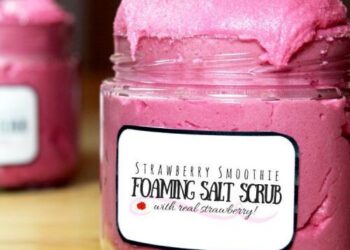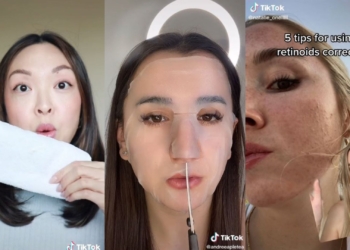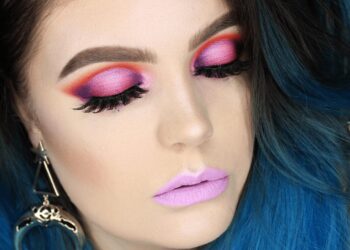The current trend in skincare and the never-ending barrage of beauty and self-care products often tempts people to try on multiple products – but too much of anything can never be good.
Have you ever swiped on a lipstick or applied a dab of foundation, only to end up with a swollen pout or itchy cheeks? A makeup allergy could be the cause. Sometimes, it’s hard to pinpoint at first, but once you’ve identified the ingredient causing the trouble, there are plenty of makeup lines you can swap into your daily routine. Here are a few things to look out for if you think you might have a makeup allergy.

1. Unusual Rash (Allergic Contact Dermatitis)
Allergic contact dermatitis – which is the medical term for a reaction that comes from contact with an allergen – looks a lot like eczema. It appears as a red, itchy, dry, or flaky rash around the area where you applied the makeup. In extreme cases, an allergic reaction can even cause blistering or swelling.
Sometimes it’s hard to pinpoint at first, but once you’ve identified the ingredient causing the trouble, there are plenty of makeup lines you can swap into your daily routine.
2. Skin irritation (Irritant Contact Dermatitis)
This type of reaction develops quickly, within just a few minutes or a few hours of exposure. However, sometimes, your skin may take several days or weeks to react. Often, we confuse this with an allergic reaction, though technically, it is not. This is because it is only your skin reacting to the ingredient, not your immune system. Irritant contact dermatitis is a widespread condition.

3. ‘’What precautions should you be taking to avoid allergic reactions?’’
Before you try any new product, it’s advised that you do a simple patch test at the back of your ear, especially if you have sensitive skin, atopic dermatitis or eczema. The ideal solution to avoiding an allergy in the future is to identify your allergen and stay away from it, since the response will be stronger the next time.
Before you go, check out this story:










